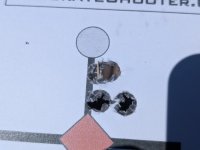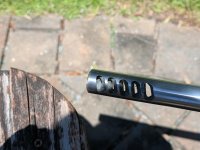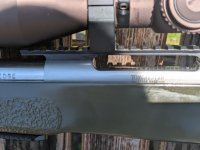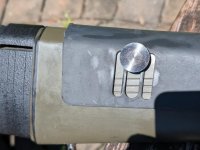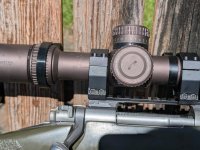EXTORTION 17
- By Duc
- The Bear Pit
- 5 Replies
Never Forget

"Extortion 17" refers to a U.S. CH-47 Chinook helicopter that was shot down in Afghanistan on August 6, 2011. The incident resulted in the death of all 38 people on board, including 30 Americans and 7 Afghan commandos. Among the Americans killed were 17 members of the Navy SEALs, making it the largest loss of life for Naval Special Warfare in a single incident.
Key Details:
The helicopter was transporting a Quick Reaction Force attempting to reinforce a Joint Special Operations Command unit when it was shot down. The loss of Extortion 17 remains a significant event in the history of the Afghanistan war, and the incident has been the subject of various books and documentaries. Conspiracy theories surrounding the incident, including claims of retribution for the Osama bin Laden raid, have been investigated but no evidence has emerged to support them.
"Extortion 17" refers to a U.S. CH-47 Chinook helicopter that was shot down in Afghanistan on August 6, 2011. The incident resulted in the death of all 38 people on board, including 30 Americans and 7 Afghan commandos. Among the Americans killed were 17 members of the Navy SEALs, making it the largest loss of life for Naval Special Warfare in a single incident.
Key Details:
- Date: August 6, 2011.
- Location: Tangi Valley, Maidan Wardak Province, Afghanistan.
- Aircraft: Boeing CH-47D Chinook helicopter, call sign Extortion 17.
- Cause: Shot down by a rocket-propelled grenade fired by Taliban forces.
- Casualties: 38 fatalities, including 30 Americans and 7 Afghan commandos.
- Notable: 17 Navy SEALs were killed, making it the largest loss of life for Naval Special Warfare in a single incident.
- Memorials: The incident is remembered with annual memorial rides and runs, such as the Extortion 17 Memorial Ride.
- Date: August 6, 2011.
The helicopter was transporting a Quick Reaction Force attempting to reinforce a Joint Special Operations Command unit when it was shot down. The loss of Extortion 17 remains a significant event in the history of the Afghanistan war, and the incident has been the subject of various books and documentaries. Conspiracy theories surrounding the incident, including claims of retribution for the Osama bin Laden raid, have been investigated but no evidence has emerged to support them.


